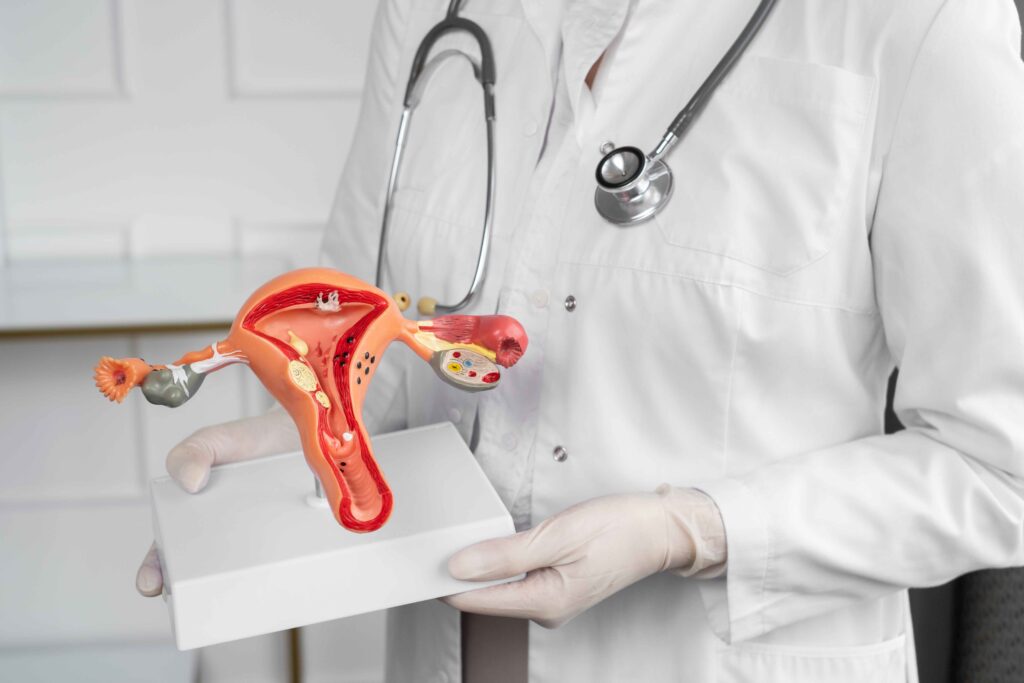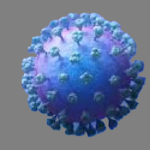Understanding Cervical Cancer: Causes, Symptoms, and Control Measures
Worldwide, cervical cancer is still a significant public health issue that affects women of all ages. Even though it can be avoided and is often curable if found early, cervical cancer still kills a lot of people every year. http://www.who.int/health-topics/cervical-cancer According to the World Health Organization (WHO), in 2020, approximately 660,000 women were diagnosed with cervical cancer globally, and around 350,000 lost their lives to the disease.. The goal of this post is to give a complete picture of cervical cancer, including what causes it, what its signs are, and how to control it effectively.
What is Cervical Cancer?
I’m refining the explanation of the cervix as the linking part of the uterus to the vagina, ensuring clear and accurate anatomical understanding.
Cancer cells grow in this part. It often happens slowly over a number of years and starts with changes that aren’t dangerous.
Dysplasia of the cervix. If you don’t treat these changes, they could turn into cancer.
Causes of Cervical Cancer
-
Human Papillomavirus (HPV)
The most common cause of cervical cancer is certain strains of the human papillomavirus (HPV), which is a sexually transmitted infection that may be obtained through sexual contact.
Though just a few of the more than 100 types of HPV have been linked to cervical cancer, particularly HPV strains 16 and 18.
Nearly all cases of cervical cancer are connected to HPV infection, which can cause precancerous lesions to develop.
-
Other Risk Factors
I’m considering lifestyle and genetic factors, like smoking and hormone levels, to capture the complete picture of what might increase the likelihood of cervical cancer.
– Weakened Immune System: People who have compromised immune systems—from diseases like HIV/AIDS or from the use of immunosuppressive drugs—are more vulnerable.
– Smoking: In addition to raising the likelihood of developing cervical cancer, tobacco smoke contains toxic substances that cause damage to the cervix.
– Long-term Use of Oral Contraceptives: Particularly for women who smoke, there is data implying that long usage of birth control tablets can raise the risk of cervical cancer.
– Multiple Childbirths: It seems that women who undergo three or more full-term pregnancies might require a more careful evaluation due to potential health implications.
– Co-infection with Other STIs: Additionally raising the risk are other sexually transmitted diseases such gonorrhoea and chlamydia.
– Family History: A family history of cervical cancer or any malignancy can raise a woman’s risk.
Symptoms of Cervical Cancer
Many women with early-stage cervical cancer might not have any symptoms at all. As the illness advances, though, various symptoms could show up including:
– Abnormal Vaginal Bleeding: This might start between periods, following sexual activity, or during menopause.
– Unusual Vaginal Discharge: Women might detect a foul-smelling, watery, red discharge.
– Pelvic Pain: It is possible that advanced cervical cancer would manifest itself as persistent pelvic pain that is unrelated to menstrual cycles.
– Pain During Intercourse: Pain or discomfort felt during sexual activity could point to underlying problems.
Should any of these symptoms be felt, it is imperative to see a healthcare provider right once for assessment.

Control Measures for Cervical Cancer
The good news is that among all the cancers, cervical cancer is among those most avoidable ones. The disease’s incidence and impact can be greatly lowered by the following control strategies:
-
Vaccination
HPV Vaccination: Among the most successful preventive actions now on offer is HPV vaccination. Reflecting on the HPV vaccine’s significance, it is key in preventing cervical cancer by guarding against two pivotal HPV types, demonstrating its crucial role in enhancing public health.
Preteens should have the vaccination; women up to 26 can also gain from it. Regular screenings combined with this vaccination could help to drastically lower the incidence of cervical cancer.
-
Regular Screening
Pap Smears and HPV Testing: Early discovery of cervical abnormalities before they become cancer depends on routine Pap smear screening. While an HPV test detects high-risk HPV strains, the Pap test examines the cervix for abnormal or precancerous cells.
Starting at age 21, women should get Pap tests; depending on the findings, they could need screening every three to five years.
-
Safe Sexual Practices
Practicing Safe Sex: safe sexual behaviours help lower the risk of HPV and other sexually transmitted diseases. This includes reducing the number of sexual partners and adopting the practice of using condoms.
-
Smoking Cessation
Quitting Smoking: Smoking women are advised to seek assistance in stopping as this behaviour greatly reduces their risk of cervical cancer and enhances their general condition.
-
Healthy Lifestyle Choices
Diet and Exercise: Along with consistent physical activity, a good diet high in fruits, vegetables, and whole grains helps to boost immunity. The user highlights a connection between healthy weight and cancer risk. I’m mapping out the factors that link these aspects to better frame the response.
-
Awareness and Education
Community Outreach: By means of community education initiatives, increasing understanding of cervical cancer can equip women with the necessary information to engage in preventative actions. Early diagnosis and treatment resulting from knowledge on the value of immunisations and tests helps to save lives by means of treatment.
Conclusion
One avoidable condition that seriously compromises women’s health all around is cervical cancer. Understanding its sources, identifying symptoms, and putting sensible control actions into effect can help us to lower its influence. Focusing on vaccination, frequent testing, and safe sex practices as crucial elements in the fight against cervical cancer. I’m piecing together a comprehensive strategy to prevent and detect early, ensuring a thorough approach to the issue. Empowering women to take control of their health, enabling early diagnosis, and guiding wise decisions on their treatment depend on awareness-raising education. There is a possibility that we may be successful in the fight against cervical cancer as a group; however, in order to do so, we will need the dedication and participation of both individuals and communities. Let us make cervical cancer history.
Suggestions for Readers
Amazon.com
- WSNANG PTSD Awareness Gift Teal Ribbon Survivor Bracelet Ovarian Cancer Survivor Gift
- Fight Like a Girl Knockout Dakota 5-Pocket Tote Bag
- Cinrobiye 30 Pcs Cancer Prevention Awareness Silicone Bracelets, Colorful Ribbon Stretch Wristbands
- Cancer Awareness Pink Ribbon Bracelet, Hope & Faith Bracelet, Breast Cancer Infinity Bracelet
- Lavley Medical Themed Socks for Nurses, Doctors and Cancer Survivors
Amazon. in
- Everyday Strength – A Cancer Patient`s Guide to Spiritual Survival
- UJIMS Ovarian Cancer Awareness Gifts PTSD Warrior Charm Bracelet Ovarian Cancer Survivor Gift
- VIGAT Fuck Cervical Cancer Raise Awareness Coffee Mug, Cervical Cancer Awareness Mug, Teal Ribbon Cervical Cancer Mug
- VIGAT Cervical Cancer Teal Ribbon Awareness Premium Coffee Mug Gift for Cancer Warriors
- Cervical Cancer Gifts for Women, Gift for Cervical Cancer Survivor Warrior Support Fighter










